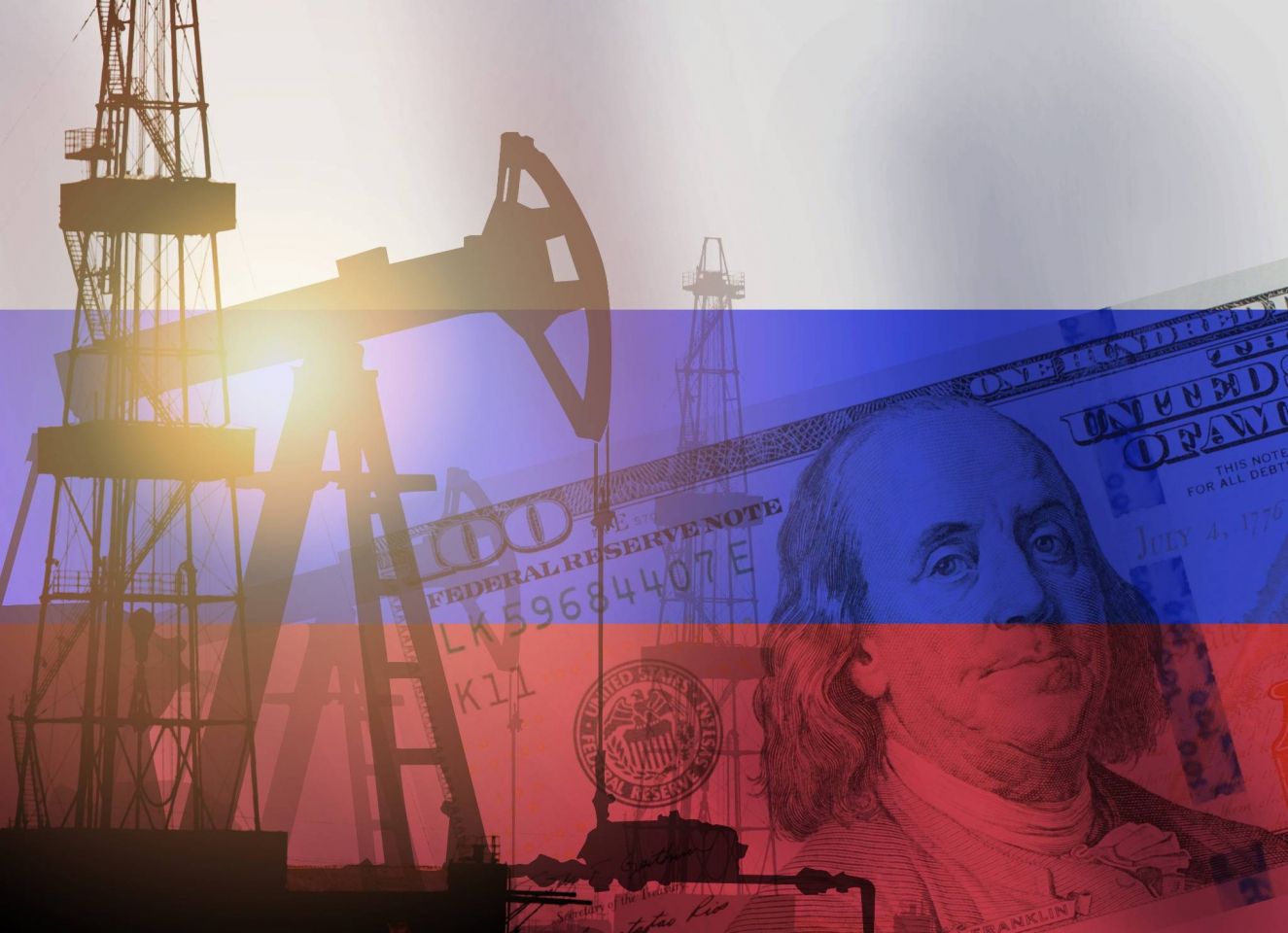US Crude (WTI) hovers near key support as traders await US-Russia talks
Oil prices stabilise after heavy losses as traders await the outcome of the US-Russia talks and its possible effects on crude
Oil markets have entered a cautious “wait-and-see” mode ahead of the scheduled meeting between President Trump and President Putin in Alaska. Prices have stabilised after heavy losses since the start of August, with Brent crude holding firm around the $66 mark, while WTI (U.S. crude) hovers just above key support at $652 per barrel. This relative calm reflects investor hesitation to make big moves until the diplomatic outcome becomes clearer.
US Crude (WTI) daily chart

(Past performance is not a reliable indicator of future results)
The potential for a diplomatic breakthrough—such as relaxed sanctions on Russian oil—could increase global supply and weigh on prices. On the flip side, escalating tensions or new sanctions—especially targeting major buyers like India—could tighten the oil market and buoy prices. Recent penalties imposed on Indian imports for continuing Russian oil purchases underline this risk, which could drive oil prices up in the near term.
Adding to the pressure on prices, the American Petroleum Institute (API) reported a notable 1.5 -million-barrel increase in U.S. crude inventories—suggesting demand may be weakening as the summer season wanes. Although the EIA’s official figures are pending, this build is likely contributing to the market's muted reaction.
Possible outcomes
Oil prices have always been very sensitive to geopolitical developments and the prospects of supply alterations. As a result, heightened volatility is expected over the next few days.
If the U.S. and Russia reach a constructive agreement — such as partial sanctions relief on Russian oil exports, increased trade flexibility, or signals toward de-escalation — the market could price in rising global supply. This would likely be bearish for oil, especially if accompanied by weak demand signals like higher inventory levels. Meanwhile, risk assets would probably resume the upside.
If the summit produces no substantial shift, whereby both sides reiterate their positions, with no new sanctions but no easing either, oil will likely remain range-bound, struggling for direction. This would likely see crude prices consolidate, and any price shift would likely reverse in the short term as traders await the next macro catalyst.
Lastly, if talks collapse or escalate into new sanctions—like export limits, or additional penalties on countries trading with Russia (like India)— we could see a sharp rally in oil, whilst weighing on risk appetite.